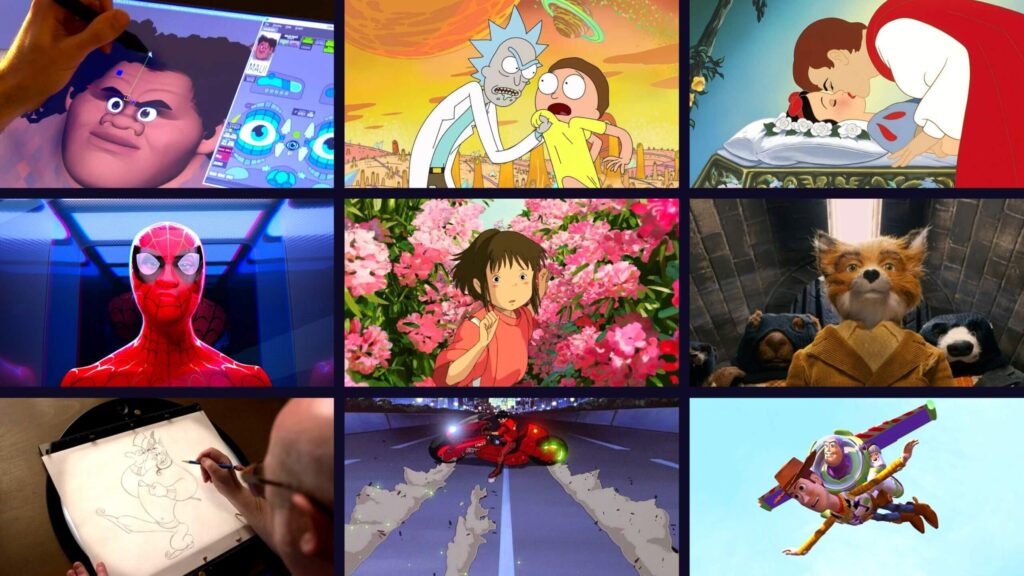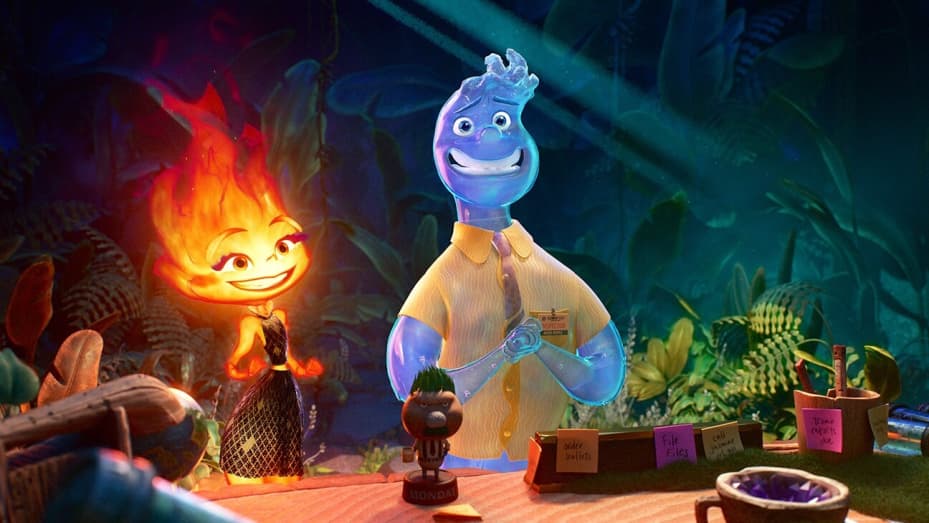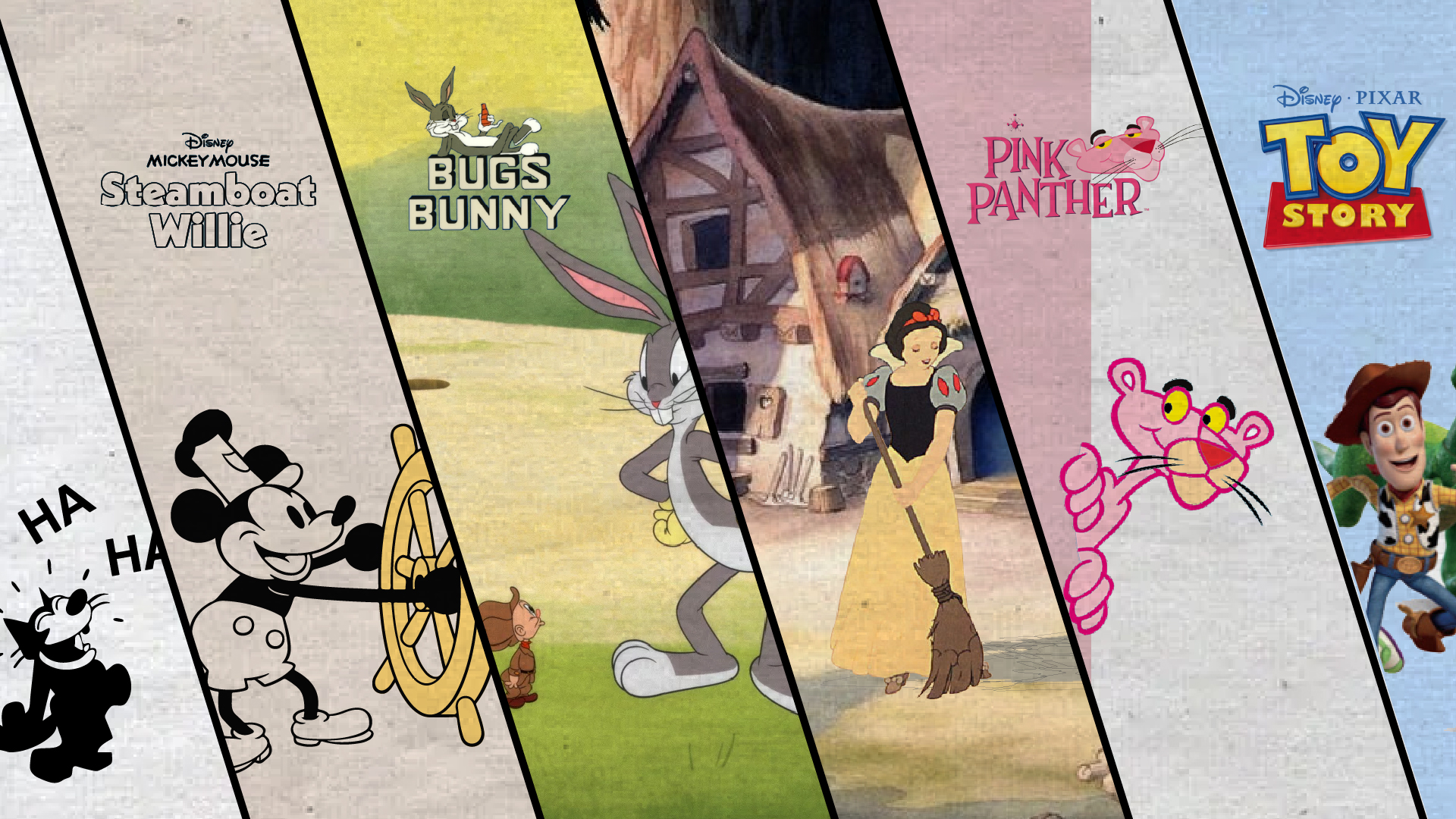Animation, an art form that has captivated audiences for generations, has undergone a remarkable evolution since its humble beginnings. In the early 20th century, pioneers like Walt Disney and Max Fleischer introduced the world to hand-drawn animation. These visionaries brought characters like Mickey Mouse and Betty Boop to life, laying the foundation for an industry that would transform storytelling. The painstaking craftsmanship involved in frame-by-frame animation was a labor of love, creating a charm and uniqueness that characterized the golden age of hand-drawn classics.
As the decades unfolded, technological advancements ushered in new possibilities for animators. The transition from black and white to color added vibrancy to animated worlds, enhancing the visual appeal of beloved characters. Despite these changes, the core essence of hand-drawn animation persevered, creating an enduring legacy that continues to influence contemporary animation.
The advent of computer technology marked a pivotal moment in the evolution of animation. While traditionalists mourned the decline of hand-drawn artistry, CGI (Computer-Generated Imagery) emerged as a groundbreaking force. Pixar, with films like “Toy Story,” showcased the potential of 3D animation, revolutionizing the industry. CGI allowed for unprecedented realism and opened the door to imaginative storytelling on a scale previously unimaginable.
From Celluloid to Pixels: Technological Leaps

The shift from traditional cel animation to digital techniques revolutionized the animation landscape. In the early 21st century, studios increasingly embraced digital tools, streamlining production processes and expanding creative horizons. This technological leap enabled animators to experiment with visual styles, pushing the boundaries of what was artistically achievable.
Moreover, the integration of motion-capture technology brought a new level of authenticity to animated characters. Films like “Avatar” demonstrated the seamless blend of live-action and CGI, creating immersive experiences that blurred the lines between reality and animation. This unique film feat raised the world of cinematography, and the directors profited both because of the film and because of thematic items, such as the military apparel inspired by the avatar’s uniform from the film. The intricate dance between technology and creativity reshaped how stories were told, captivating audiences with visually stunning and emotionally resonant narratives.
Yet, as technology continued to advance, the debate between traditional and digital animation persisted. Some argued that the soul of animation lay in the hand-drawn form, while others championed the limitless possibilities of CGI. This dichotomy sparked a creative tension that fueled innovation, resulting in a diverse array of animated works that catered to different tastes and preferences.
The Rise of Streaming Platforms: A New Frontier
With the rise of streaming platforms in the 21st century, animation entered a new era of accessibility and global reach. Animation found a home on platforms like Netflix, Disney+, and Hulu, allowing for a diverse array of animated content to reach audiences worldwide. At a luxury spa in Toronto, you can enjoy famous movie creations while you wait for your treatment. This shift in distribution channels provided opportunities for unconventional storytelling and unique voices to flourish.
The demand for animated content grew exponentially, leading to an influx of original series and films that catered to a wide spectrum of audiences. Streaming platforms became a playground for experimentation, giving animators the freedom to explore themes and narratives that might have been considered unconventional in traditional broadcast formats.
As streaming services invested in animated projects, the medium experienced a renaissance. Adult-oriented animation, in particular, gained traction, with series like “BoJack Horseman” and “Rick and Morty” pushing the boundaries of storytelling and animation’s narrative potential. The streaming era not only expanded the audience for animation but also diversified the types of stories being told. In parallel, professionals navigating this evolving landscape, such as health insurance agents, found unique opportunities for collaboration and engagement within the expanding animated content industry.
Exploring New Horizons: Animation Meets Artificial Intelligence
In the quest for innovation, animation finds itself at the intersection of art and technology once again. The integration of artificial intelligence (AI) into the animation process is reshaping how stories are conceived and brought to life. AI algorithms, capable of learning and adapting, are becoming invaluable tools for animators, offering new possibilities for efficiency and creativity.
Just as AI breathes life into animated stories, it is now contributing to a smarter and more effective approach to pest control Reno.
One notable application of AI in animation is the generation of procedural animation. Instead of relying solely on human input, algorithms can analyze movement patterns, anticipate actions, and generate animations autonomously. This not only expedites the animation process but also introduces an element of unpredictability, injecting a fresh dynamic into the visual storytelling landscape.
Moreover, AI is facilitating the creation of personalized animated content. As algorithms analyze viewer preferences and behaviors, they can tailor animated experiences to individual tastes. Imagine a world where animated characters and narratives adapt in real-time based on audience reactions, creating a truly interactive and personalized storytelling experience. This fusion of AI and animation opens the door to a new era of audience engagement and immersion. If you’re looking for a seamless blend of innovation and efficiency, consider the incredible advancements at your fingertips with Seattle Town Car Service.
Global Collaboration in Animation: Bridging Cultures

As animation continues to transcend geographical boundaries, the industry is witnessing a surge in global collaboration. Studios from different parts of the world are coming together to create animated works that draw from diverse cultural influences. This collaborative spirit not only enriches the storytelling palette but also fosters a global understanding of animation as a universal language.
The exchange of ideas and techniques across cultures has led to a fusion of styles and storytelling traditions. Animators from Japan, renowned for their distinctive anime style, collaborate with Western studios and theme park designer to create captivating narratives that blend Eastern and Western sensibilities. This cross-pollination of creativity results in animated works that resonate with a broader and more diverse audience.
Additionally, technology facilitates remote collaboration, enabling artists and animators from different corners of the globe to work seamlessly on shared projects. Virtual studios, powered by cloud-based tools and communication platforms, are breaking down traditional barriers and creating a truly interconnected global animation community, from church renovation projects to technological innovations.
Environmental Consciousness in Animation Production
In the pursuit of sustainability, the animation industry is embracing eco-friendly practices in production. Traditional animation, with its reliance on physical materials like paper and celluloid, has given way to digital workflows that significantly reduce environmental impact. Studios are adopting green initiatives, implementing energy-efficient technologies, and exploring carbon-neutral production processes.
The push for environmental consciousness extends beyond production methods to the themes explored in animated content. Animators are increasingly incorporating ecological narratives, raising awareness about environmental issues, and promoting a sense of responsibility towards the planet. This eco-friendly shift aligns with the geo construction industry’s commitment to being not only entertaining but also socially and environmentally conscious.
Furthermore, initiatives such as virtual animation studios with a minimal physical footprint and sustainable sourcing of materials for merchandise associated with animated works are gaining traction. This reflects a broader commitment within the animation industry to contribute positively to the global effort towards sustainability.
The Renaissance of Hand-Drawn Animation
While CGI and digital animation have dominated the industry in recent decades, there is a notable resurgence of interest in hand-drawn animation. The nostalgic charm of traditional animation techniques is being rediscovered by both creators and audiences alike. Studios are experimenting with blending hand-drawn elements into CGI, creating a unique visual aesthetic that marries the best of both worlds. Unique hand drawings are gaining in value both in the world of animation and in reality because they represent a one-of-a-kind gift that, packed in custom packaging, can serve any occasion.
This renaissance is not merely a return to the past but a reimagining of hand-drawn animation for the contemporary audience. Artists are pushing the boundaries of traditional techniques, combining them with modern tools and technologies to create visually stunning and emotionally resonant works. The tactile nature of hand-drawn animation brings a human touch to the digital landscape, connecting audiences to the artistry behind the animation in a profound way.
Additionally, hand-drawn animation is finding a new home in independent and niche productions, extending its influence beyond traditional boundaries, even into the realm of kitchen remodeling in Oakland. Filmmakers and animators are embracing the freedom afforded by smaller budgets and creative autonomy, resulting in a resurgence of experimental and avant-garde hand-drawn works. This resurgence is not only a nod to the roots of animation but also a celebration of the medium’s capacity for artistic expression.
Animation as a Tool for Social Change
Beyond entertainment, animation is increasingly recognized as a powerful tool for social change. Animated works address societal issues, advocating for inclusivity, and fostering empathy. Animators are using their craft to tell stories that resonate with diverse audiences, sparking conversations about equality, justice, and human rights. It’s becoming more and more common to have hot tea and milk chocolate edibles and discuss serious topics that are woven through the animated film.
Animated documentaries, in particular, have emerged as a potent medium for shedding light on pressing social issues. By combining the visual appeal of animation with real-life narratives, these documentaries engage viewers on a deep emotional level, encouraging reflection and dialogue. Issues such as refugee crises, environmental degradation, and social inequality are being brought to the forefront through the medium of animation.
Moreover, animated content plays a crucial role in education and awareness campaigns. Animators are collaborating with non-profit organizations and educational institutions to create visually engaging materials that convey important messages. Whether it’s teaching children about environmental conservation or promoting understanding of diverse cultures, animation has become a catalyst for positive social change. Whether it’s teaching children about environmental conservation, promoting understanding of diverse cultures, or discussing topics like water heater installation, animation has become a catalyst for positive social change.
On a different note, if you are ever interested in buying a home, definitely check We Buy Mobile Homes Pennsylvania.
Interactive Storytelling: The Evolution Continues

As technology advances, the boundaries between traditional storytelling and interactive experiences continue to blur. Interactive storytelling, driven by virtual reality (VR) and augmented reality (AR), is pushing animation into uncharted territory. Audiences can now step into animated worlds, becoming active participants in the narrative.
VR and AR technologies enable viewers to explore animated environments in three dimensions, interact with characters, and influence the direction of the story. This immersive form of storytelling not only enhances the entertainment value but also opens up new possibilities for educational and therapeutic applications. Imagine a history lesson where students can witness historical events through animated VR experiences or a therapeutic session that uses animation to guide individuals through mindfulness exercises.
The evolution of animation into interactive realms is not just a technological gimmick but a paradigm shift in how stories are told and experienced. It represents a convergence of animation, gaming, and immersive technologies, creating a new frontier for creative expression and audience engagement. In this context, the concept of a portable electric bike mirrors the innovative spirit driving these advancements, emphasizing the need for adaptable and convenient solutions in our evolving technological landscape.
Conclusion: A Tapestry of Infinite Possibilities
In conclusion, the evolution of animation is an ongoing tapestry of creativity, innovation, and adaptation. From the early days of hand-drawn classics to the cutting-edge marvels of CGI, animation has continuously reinvented itself. The integration of AI, global collaboration, environmental consciousness, the resurgence of hand-drawn techniques, animation as a tool for social change, and the advent of interactive storytelling collectively paint a picture of an art form that defies boundaries and embraces infinite possibilities, much like the careful selection of ingredients in crafting the perfect baby formula.
As we look to the future, the landscape of animation appears more diverse and dynamic than ever before. It is a realm where technology and artistry dance in harmony, where cultural influences converge, and where storytelling transcends the confines of traditional mediums. Animation, in all its forms, remains a captivating force that invites audiences to embark on a journey of imagination, emotion, and exploration.

